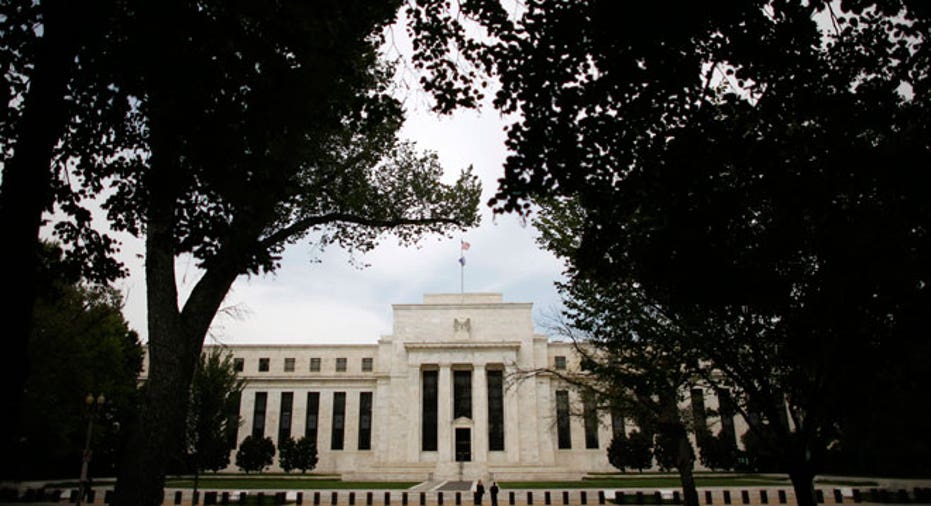Report: Fed Shifting Plans for Unwinding Stimulus

The Federal Reserve is moving away from its original plan to unwind its unprecedented stimulus policies initiated in the wake of the 2008 financial crisis and shifting toward a new complex, long-term strategy, according to a report in the Wall Street Journal.
Here’s how the Journal’s John Hilsenrath explains the transition:
Under the original plan, the Fed would jettison the trillions of dollars added to its balance sheets since 2008 through several steps. First the central bank would let mortgage securities and Treasury securities mature and run off its balance sheet. It would also sell mortgage-backed securities and allow banks to place deposits at the Fed. Both these moves would drain the massive liquidity added to the financial system.
All of these moves would lift the Fed's benchmark interest rate, the federal funds rate, by reducing the supply of money in the financial system, according to Hilsenrath. The Fed would also pay an interest rate on bank reserves to anchor rates where it wants them.
Now the Fed is considering a plan that would leave excess reserves in the banking system for years and possibly never remove them.
“In addition to paying interest on excess bank reserves, the Fed would anchor rates through a program using reverse repurchase agreements, or ‘reverse repos,’ in which it trades with firms outside the banking system and pays them interest on cash they lend to the Fed,” the Journal reported.
So instead of draining money from the financial system, and setting interest rates by managing its supply, the Fed would set interest rates by managing the cost of money. “It would become the price setter through the interest rate it pays on it,” according to the Journal.
The Fed is still mulling the new plan and nothing has been decided.



















